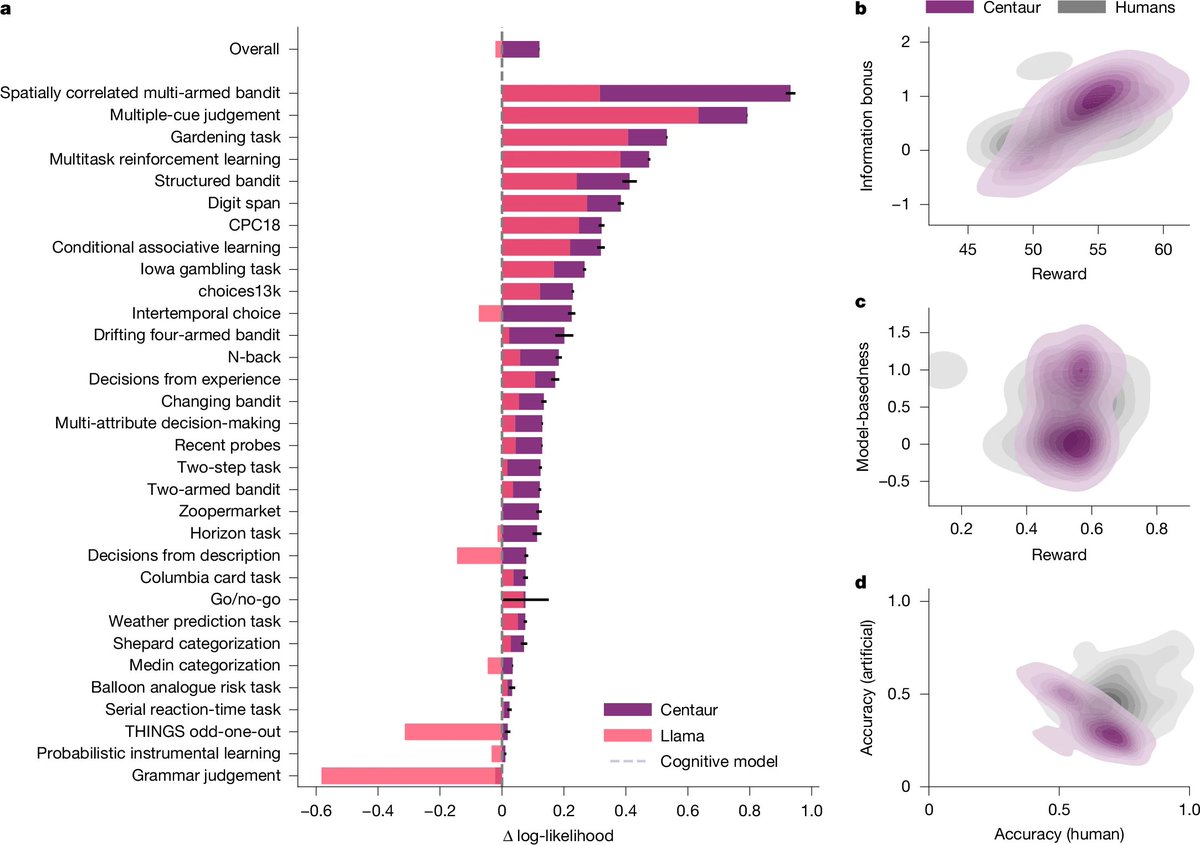
Owner @InflateAI
20k YouTube: https://t.co/XiXcHYceHo
Join My AI Community (10k Members): https://t.co/ZEKtI9kgDj
3 subscribers
How to get URL link on X (Twitter) App


 1. Market research
1. Market research
 For decades, psychology has dreamed of a unified theory of the mind.
For decades, psychology has dreamed of a unified theory of the mind.


 The mega prompt:
The mega prompt:

 They called it Project Vend.
They called it Project Vend.

 1. Automated Research Reports (better than $100k consultants)
1. Automated Research Reports (better than $100k consultants)
 If you’re a writer and not using AI for your work…
If you’re a writer and not using AI for your work…

 Anthropic tested 16 top AI models including OpenAI, Google, Meta, and xAI.
Anthropic tested 16 top AI models including OpenAI, Google, Meta, and xAI.

 Introducing the 4 Waves of Voice AI:
Introducing the 4 Waves of Voice AI:

 For 20+ years, SEO ruled the internet.
For 20+ years, SEO ruled the internet.

 AI agents for beginners by Microsoft:
AI agents for beginners by Microsoft: 
 Here's the mega prompt to copy:
Here's the mega prompt to copy:
